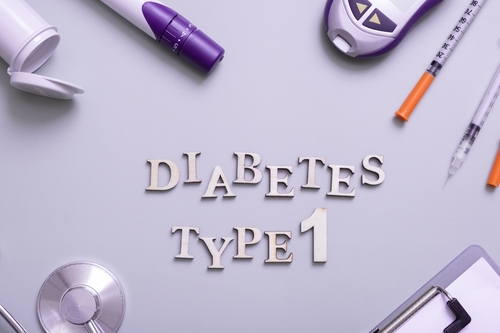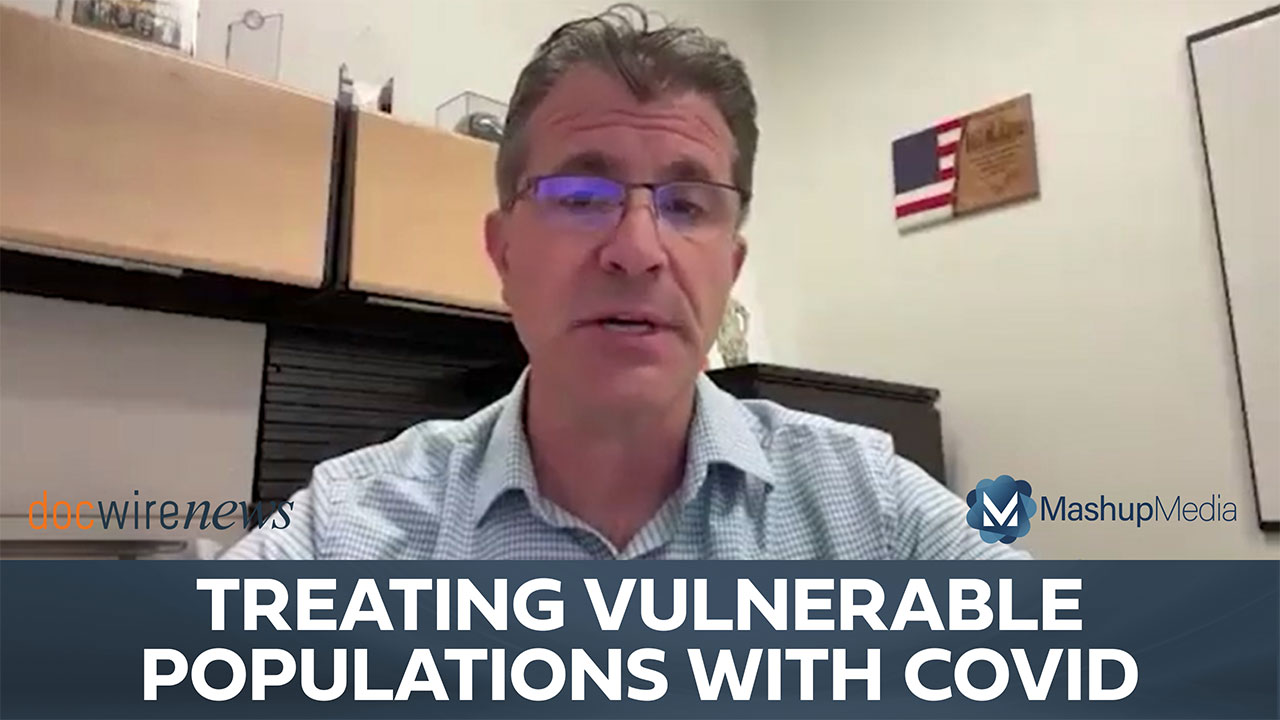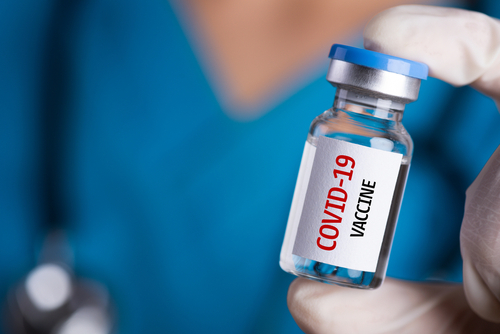
A new study shows that gun violence increased by more than 30% in the United States amid the COVID-19 pandemic. The study, which was conducted by Penn State researchers, was published in the journal Scientific Reports. The researchers postulate that augmented levels of stress, domestic violence, lack of social interactions, as well as greater access to firearms, might have contributed to the increase.
To conduct this analysis, the researchers procured data on shooting deaths, suicides and gun-related injuries from the Gun Violence Archive. They then assessed daily incidents in each U.S. state, as well as the District of Columbia, from February 2019 through March 2021. Subsequently, they compared incidents reported before the pandemic (February 2019 through February 2020) to gun violence reported during the first year of the pandemic (March 2020 through March 2021).
Gun Violence Increases Couldn’t Have Come at a Worse Time
The study found that 28 states experienced a markedly higher number shootings during the first year of the pandemic. Alarmingly, in states such as Minnesota, Michigan and New York, the rate of gun violence rose by more than 100%. The analysis showed that Alaska was the only U.S. state to see significantly lower rates of gun violence during the pandemic.
“The pandemic has yielded harmful ripple effects that need to be addressed,” said co-lead investigator Dr. Paddy Ssentongo, assistant professor at the Penn State Center for Neural Engineering via a press release. “The spike in gun violence in the era of COVID-19 comes as a stark reminder that we can’t afford to ignore it any longer. Now is the time to focus on this public health crisis.”
According to the researchers, this increase is occurring at a time when many hospitals remain besieged with COVID-19 cases, and attempt to combat the reality that they have limited resources, such as blood products, intensive care beds, personal protective equipment, and staffing. The investigators said gun violence augments the burden on health care systems that are already inundated. They also warn that if gun-related incidents continue to rise, hospitals may experience additional strain.
Co-investigator Dr. Jennifer McCall-Hosenfeld, associate professor, Departments of Medicine and Public Health Sciences, said of the results: “Our data reinforces the need to promote multiple interventions — vaccinations, testing, contact tracing, masking and ventilation — to mitigate the COVID-19 pandemic, and in doing so, hopefully we can mitigate the downstream effects.”







 © 2025 Mashup Media, LLC, a Formedics Property. All Rights Reserved.
© 2025 Mashup Media, LLC, a Formedics Property. All Rights Reserved.